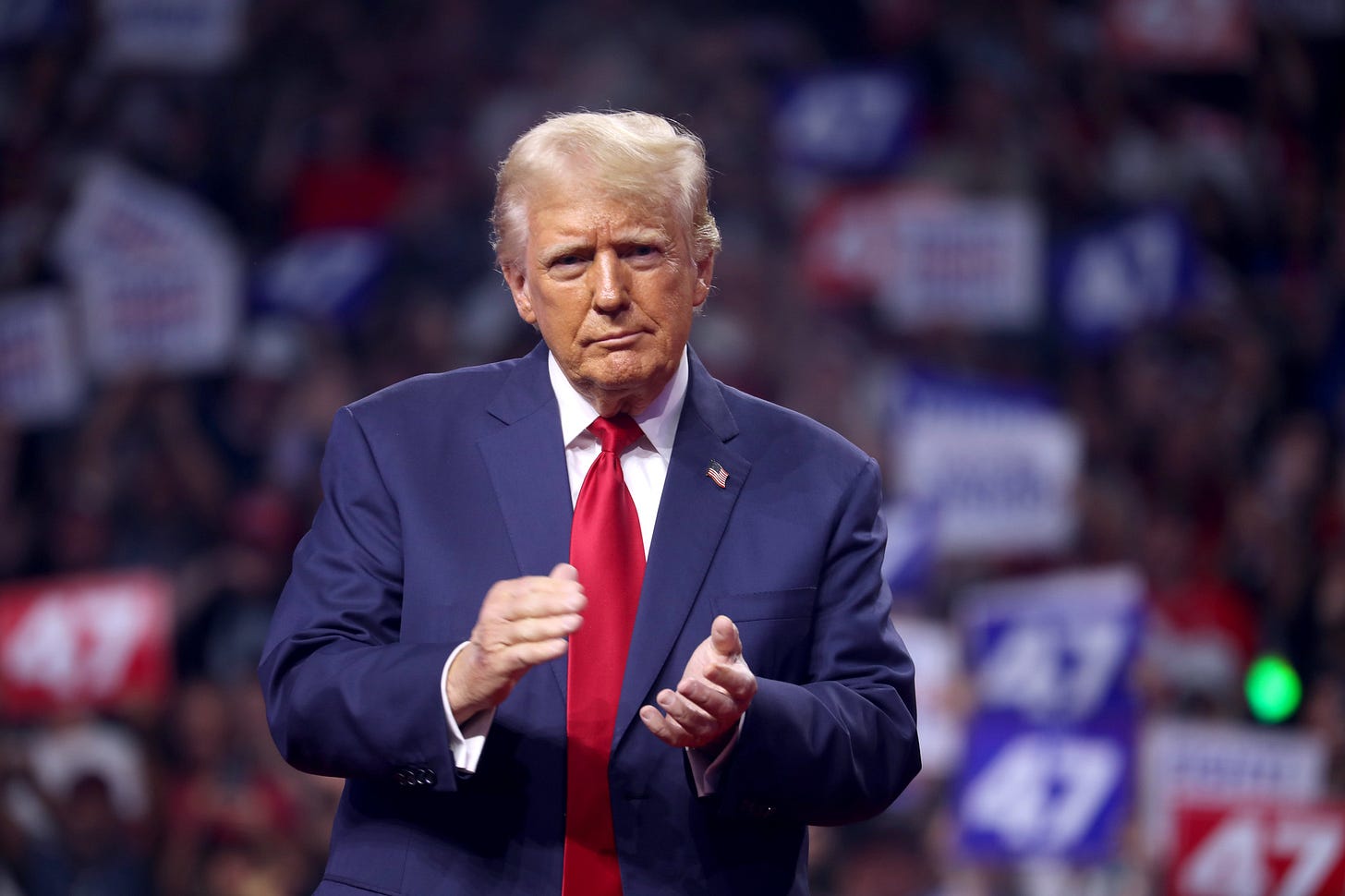President Donald Trump declared the Gaza conflict ended while his administration freed all surviving Israeli hostages during his second presidential term. The 20-point peace plan faces significant obstacles, which experts believe will hinder its ability to establish lasting peace.
Historic Hostage Release Caps Trump’s Diplomatic Push
The Hamas organization released all 20 surviving Israeli hostages on Monday morning local time after holding them captive for two years since the October 7, 2023, attacks, which resulted in 1,200 Israeli deaths and captured 251 people. The hostages received a transfer from Red Cross representatives in Gaza before their families reunited with them at Israeli hospitals.
At the same time, thousands of people watched the scenes on public screens throughout Tel Aviv. The prisoner exchange between Israel and Hamas included 1,968 Palestinian detainees who received their freedom in exchange for the hostages. The hostage exchange became possible through a ceasefire that started at noon local time on Friday, when Israeli troops finished their withdrawal to established pre-attack positions in Gaza. During his visit to Israel, Trump met the released hostages personally while they thanked him, according to The Washington Post. A hostage expressed his appreciation to Trump by saying, “I got my life back thanks to you,” as White House Deputy Chief of Staff Margo Martin shared the video on social media.
Trump’s Middle East Victory Lap
The president addressed the Israeli Knesset on Monday, proclaiming that “the decades of chaos that have plagued the region are totally defeated” and “the terrible and painful nightmare is finally over” for both Israelis and Palestinians. Trump praised Israeli Prime Minister Benjamin Netanyahu and Qatari mediators before flying to Egypt for a summit with more than 20 world leaders to finalize the peace agreement.
“I’m good at ending wars. I’m good at making peace.”
— President Donald Trump, speaking aboard Air Force One
Netanyahu hailed Trump as “the greatest friend Israel has ever had in the White House” and credited the president’s “pivotal leadership” for achieving the ceasefire, according to CBS News. The Israeli prime minister stated that Trump’s proposal represented “a proposal that brings all our hostages home, a proposal that ends the war by achieving all our objectives”.
Power Brokers Behind the Deal
The agreement emerged through extensive diplomatic efforts made by Trump’s team members, including Jared Kushner, Middle East envoy Steve Witkoff, and former British Prime Minister Tony Blair. A direct meeting between Witkoff and Hamas leader Khalil al-Hayya during the previous week finalized the deal because Witkoff promised Hamas that Trump would prevent Israel from starting military actions, according to a U.S. official who spoke with CBS News. The Gaza International Transitional Authority proposal from Blair received Trump’s backing to establish five years of transitional governance, which would keep Hamas out of power and protect Palestinian land ownership rights.
The Media Line reports that Blair participated in White House sessions with Trump and Kushner in August to explore growth in humanitarian aid, hostage rescue methods, and reconstruction plans for post-conflict areas. Trump used public warnings against Hamas to push Netanyahu while offering Qatar benefits to restart mediation efforts, which led to Arab nations supporting his peace initiative.
Formidable Implementation Challenges Ahead
The weapon surrender, Israeli military pullout, and Gaza’s future administrative structure. The Center for Strategic and International Peace faces multiple substantial challenges that endanger its long-term stability. The agreement lacks clear definitions. Hamas Studies identifies Hamas tunnel networks as a major problem because they extend 350-400 miles underground to depths of 200 feet, according to senior Israeli defense officials.
The International Stabilization Force concept for Gaza remains theoretical because no nation has committed troops for deployment despite reports about possible participation from Egypt, Jordan, Saudi Arabia, the UAE, and Indonesia. Foreign Policy author Daniel Byman, who leads the Warfare, Irregular Threats, and Terrorism Program at CSIS, predicts that sustaining the agreement will be more difficult than obtaining the initial agreement.
The Trump framework requires 400 aid trucks to enter Gaza daily through the Rafah crossing. Still, it fails to explain how Israel will maintain its military presence at the crossing and in the Philadelphi Corridor. The White House denied any plans for American troops to enter Gaza while a U.S. official confirmed that CENTCOM set up a monitoring center in Israel to track compliance.



